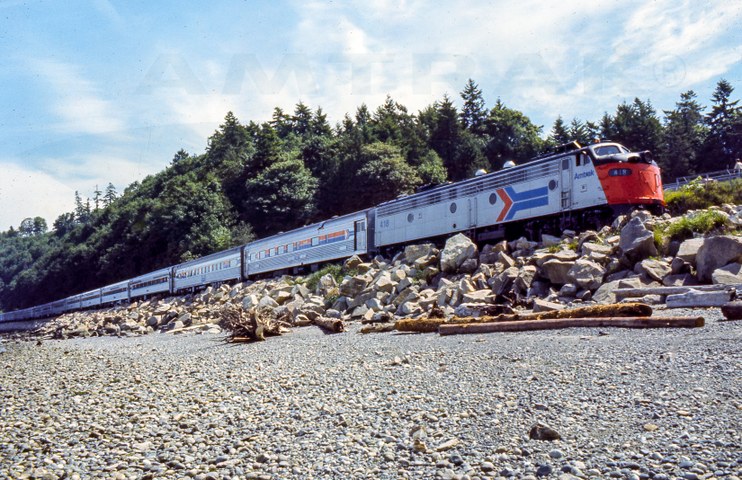A Guide to Amtrak Liveries and Logos
CommentsAugust 22, 2018
One of the most common questions we receive through the Amtrak History website is, “What phase is that locomotive/car wearing?” “Phase” refers to the livery, or color scheme, which is often paired with the Amtrak logo. Liveries and logos are vital components of Amtrak branding.
For a corporation with a national scope, branding is essential in creating a unified image easily recognized by the public. This was especially true for the newly formed National Railroad Passenger Corporation (Amtrak), established by an act of Congress in 1970 to operate the majority of the country’s intercity passenger rail system. The young company selected a logo and graphic identity defined by the patriotic colors of red, white and blue.
As styles, technology and company services have evolved over time, so too has the brand – what it stands for and how it is visually communicated. For the historian or railroad enthusiast, the use of different liveries and logos helps to accurately date images, brochures and other objects associated with the company.
In response to your requests and interest in correctly identifying Amtrak liveries and logos, the Amtrak Marketing department has assembled the new Livery and Logo Guide. It is intended as a historical and informational reference and includes full color examples and descriptions. As a bonus, it also shows phases and their variants used on both revenue (passenger) and non-revenue (maintenance-of-way and yard) equipment.





